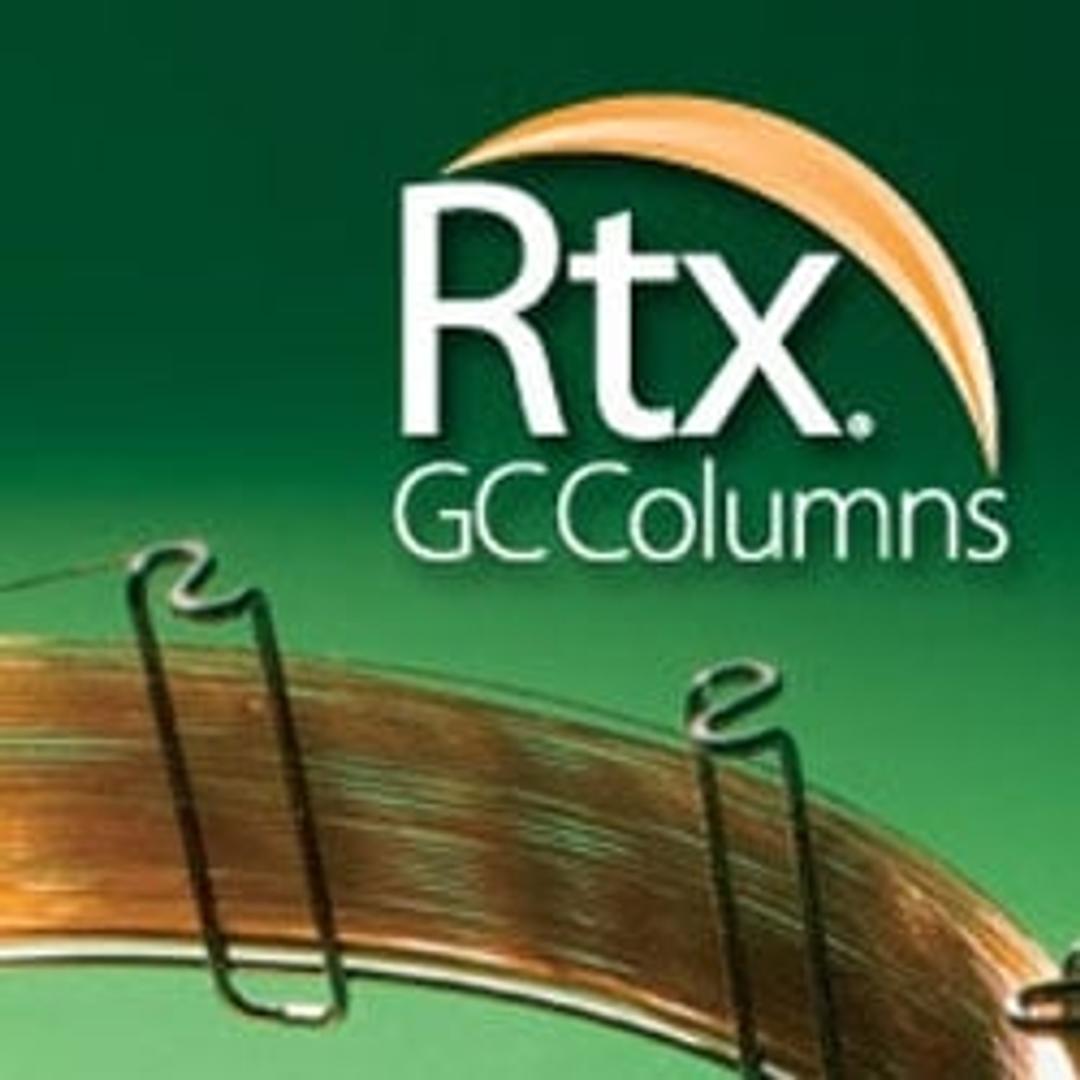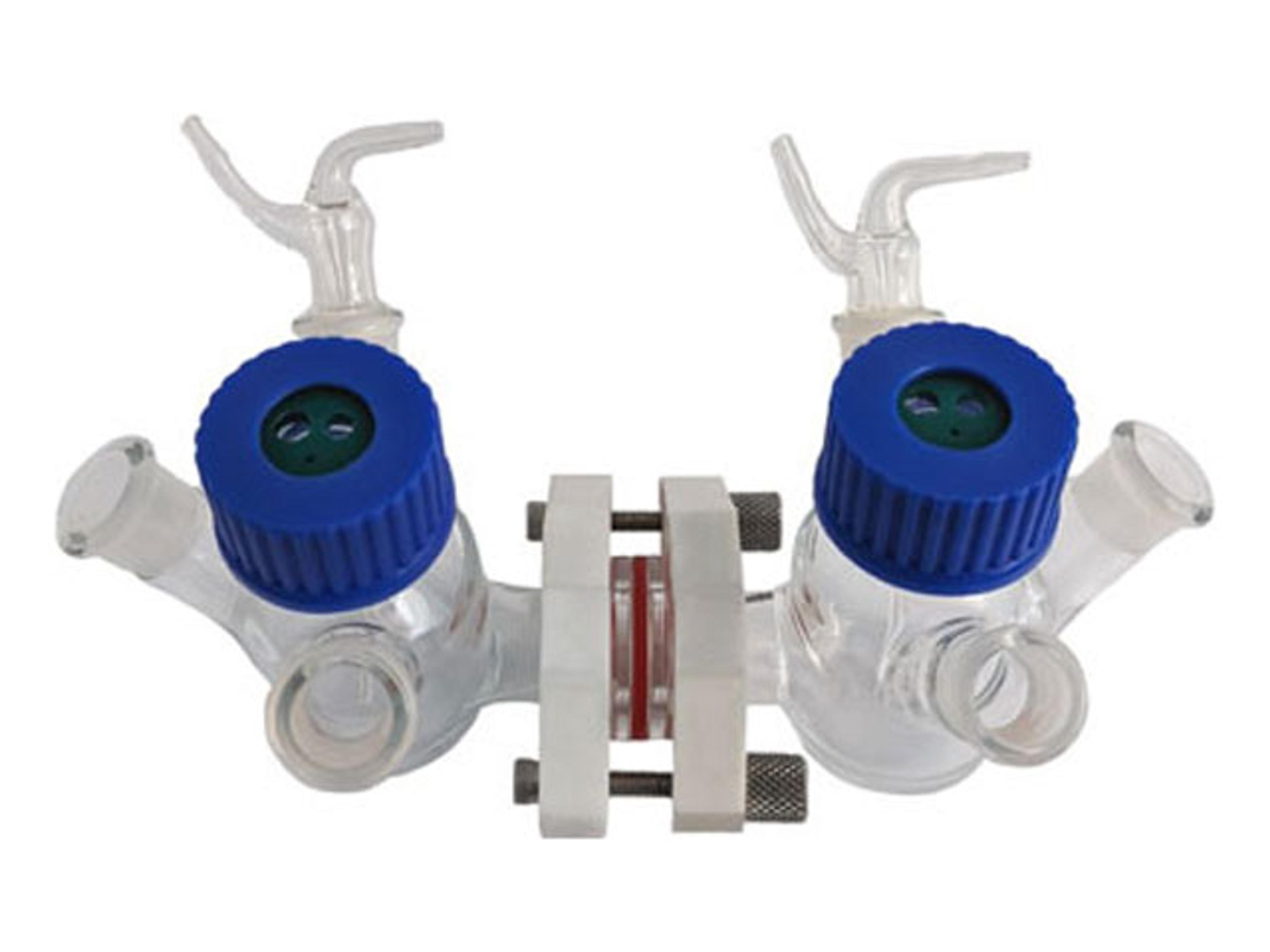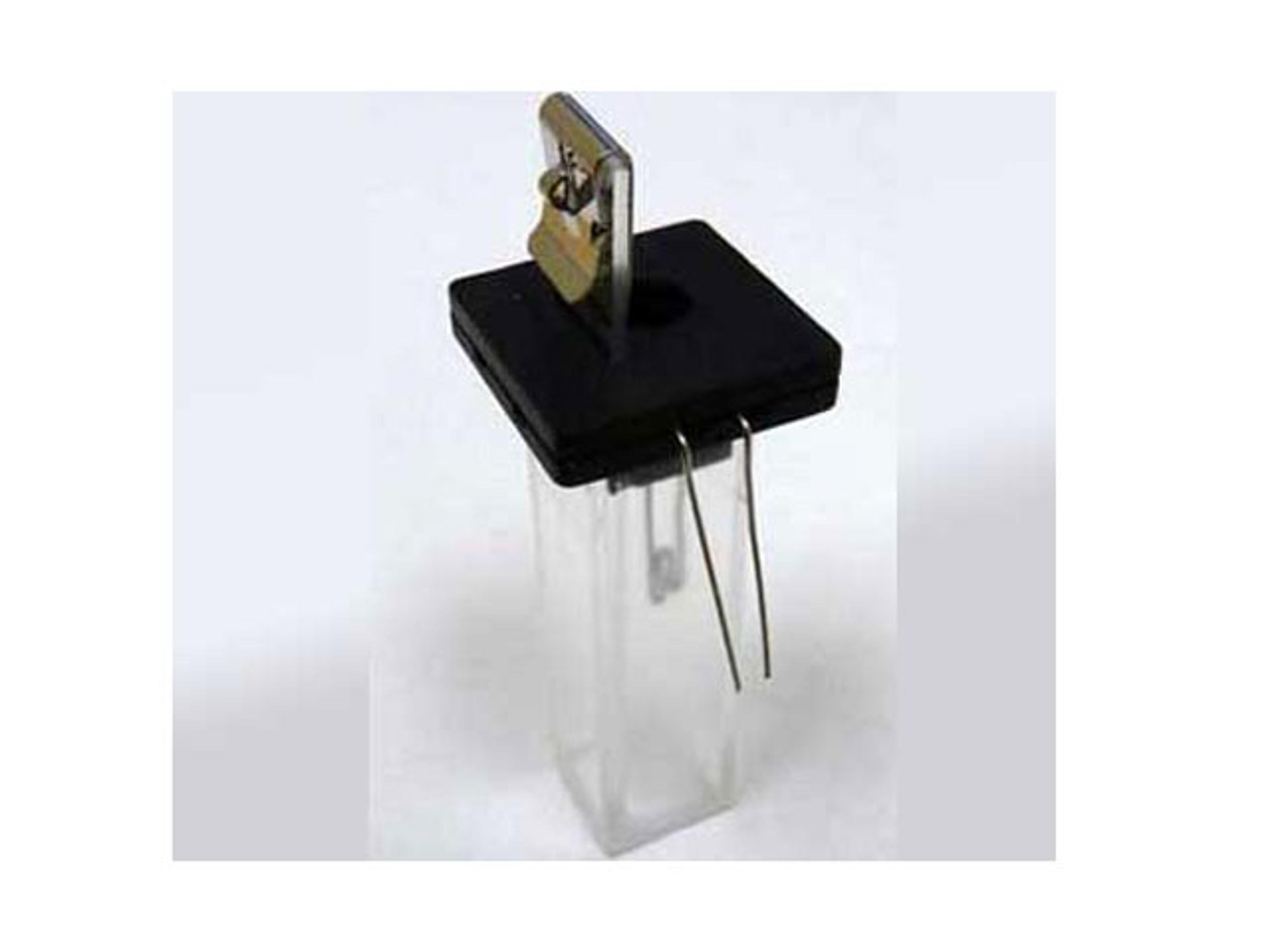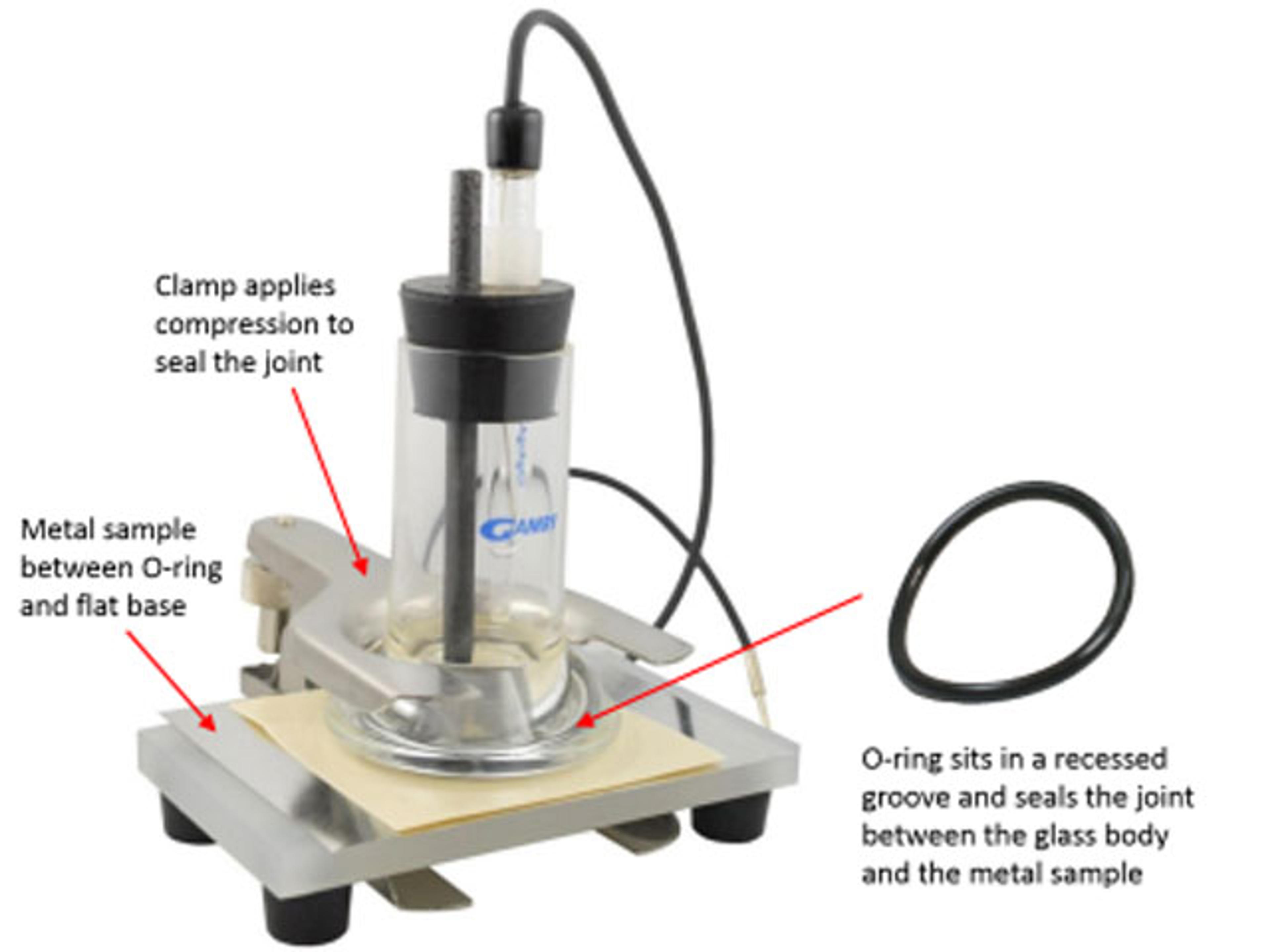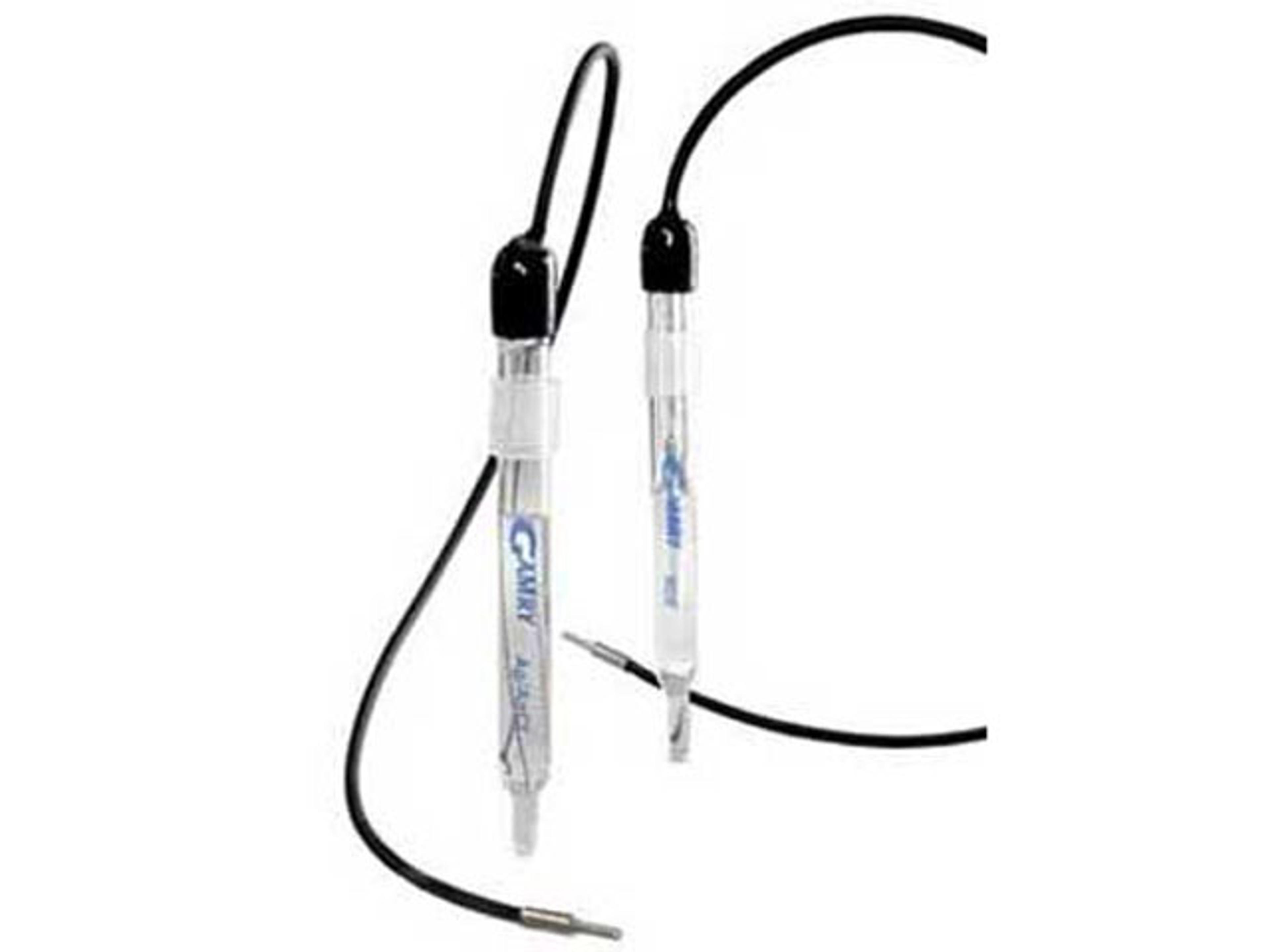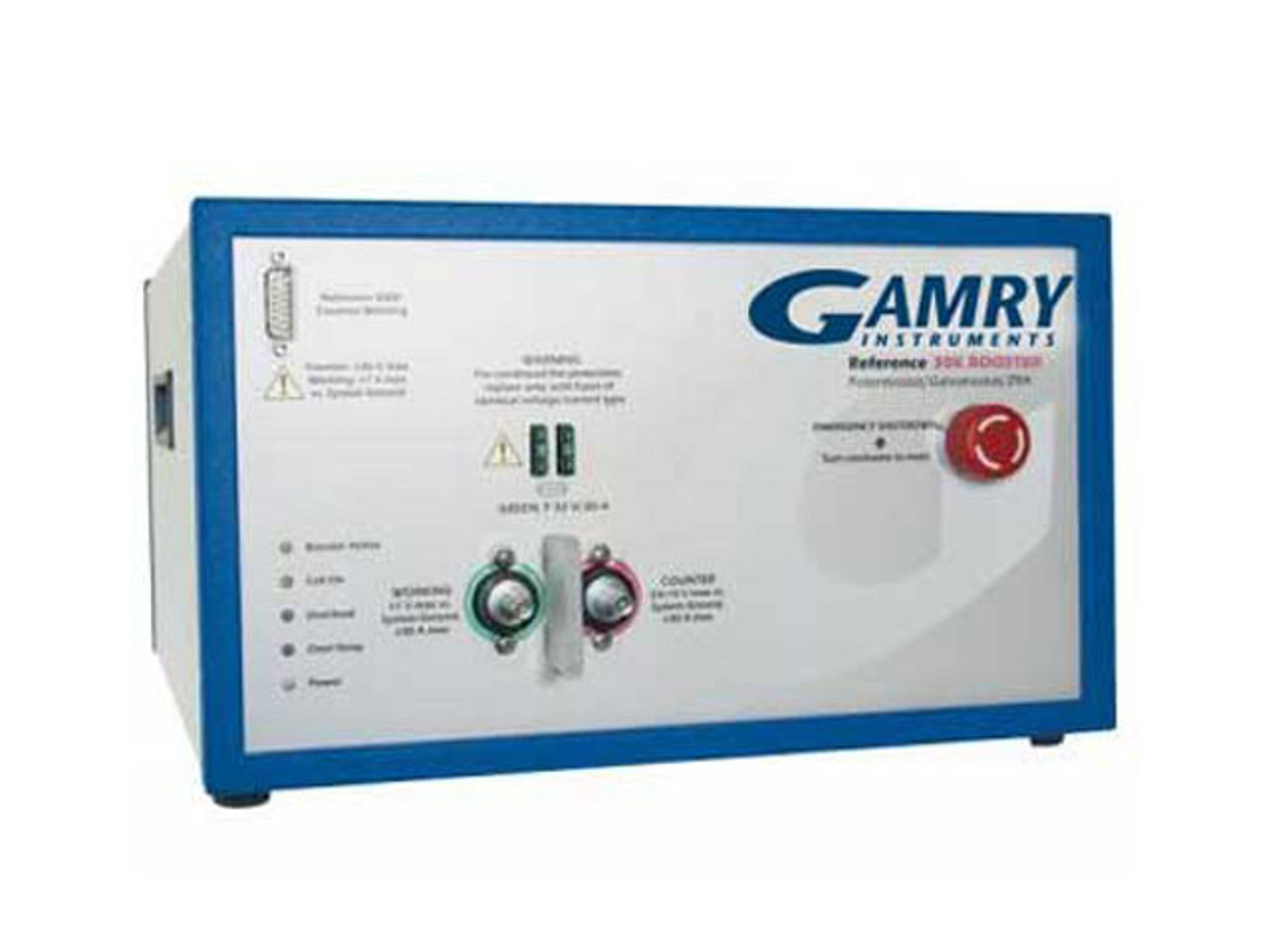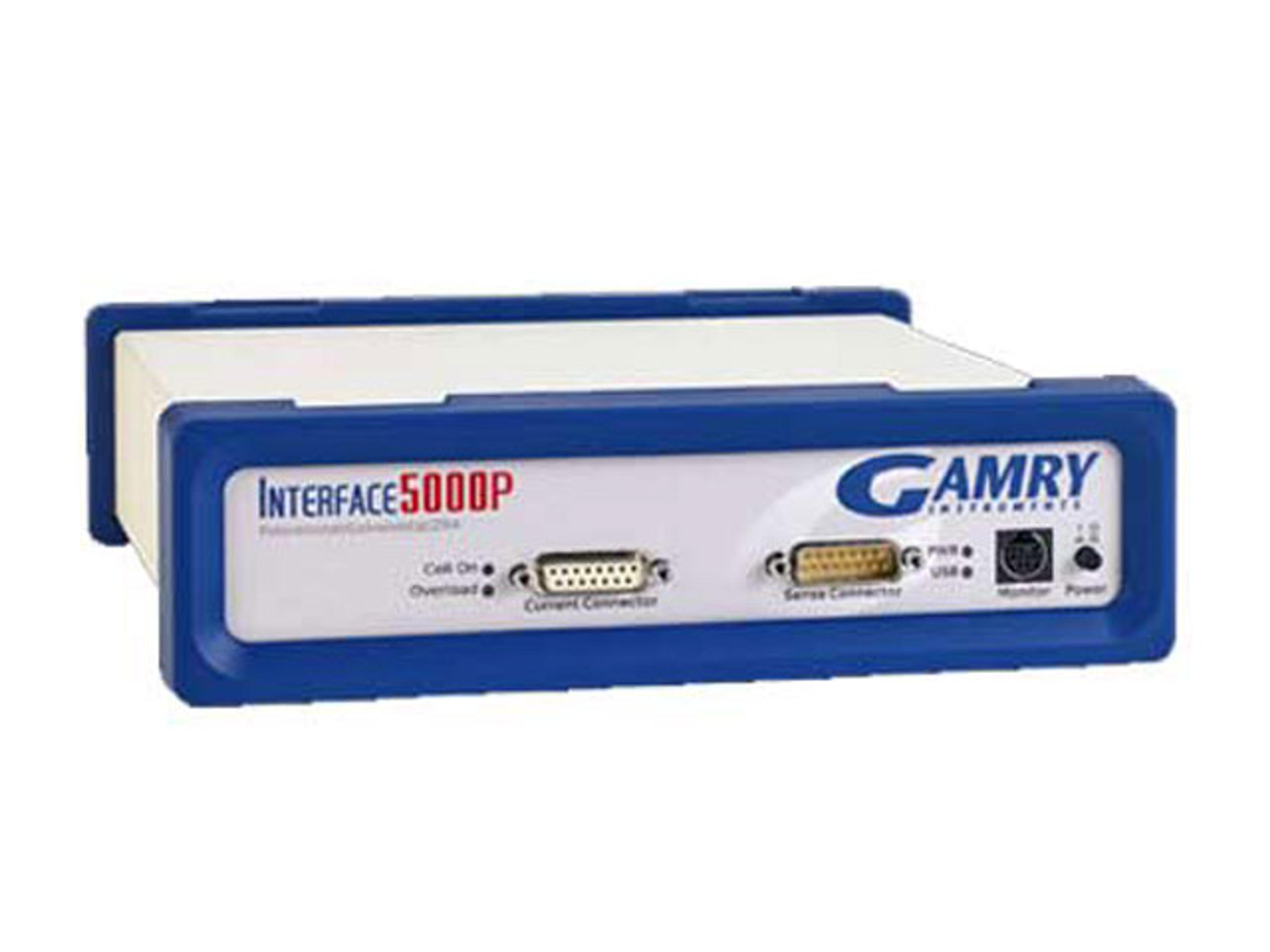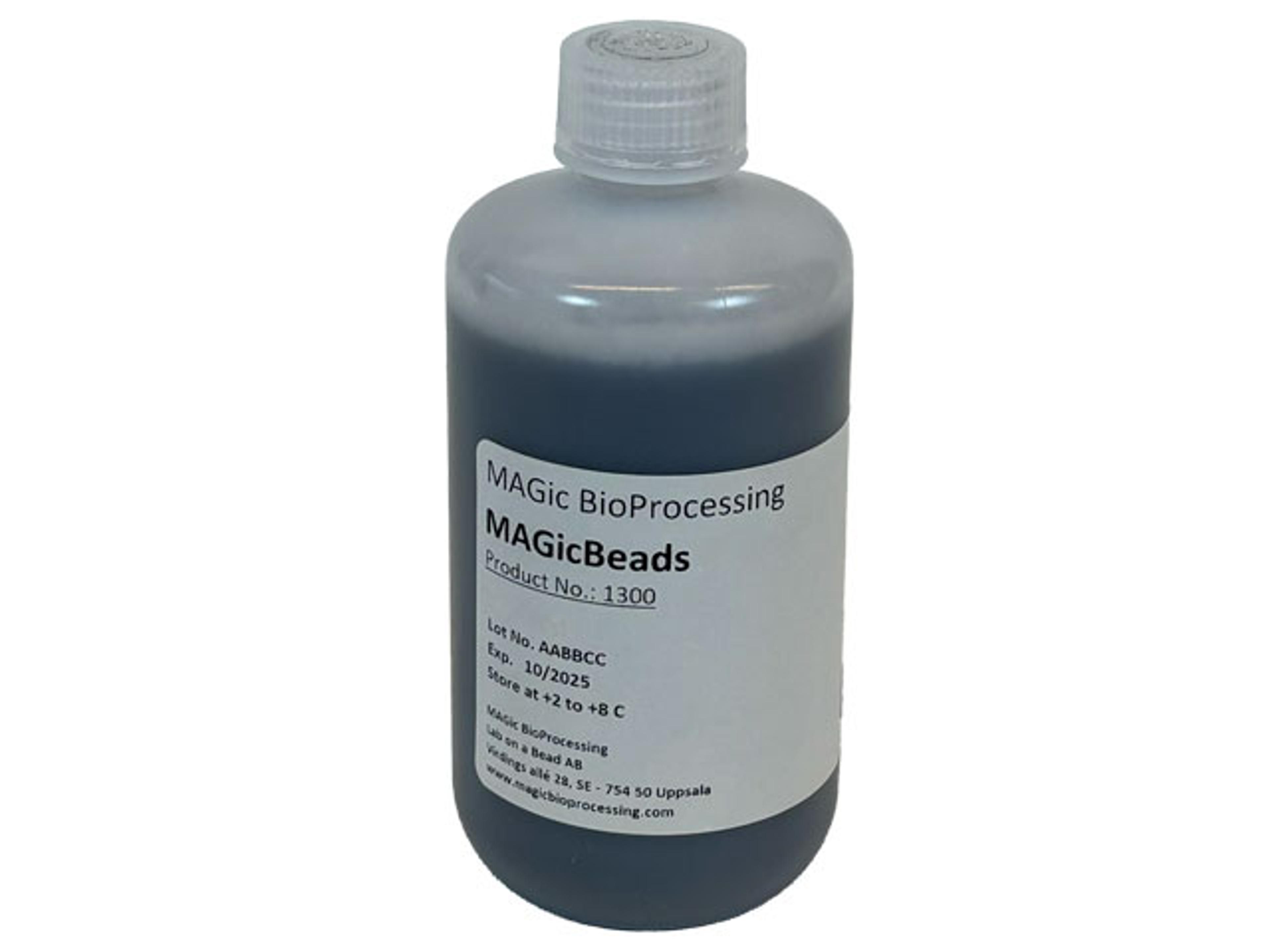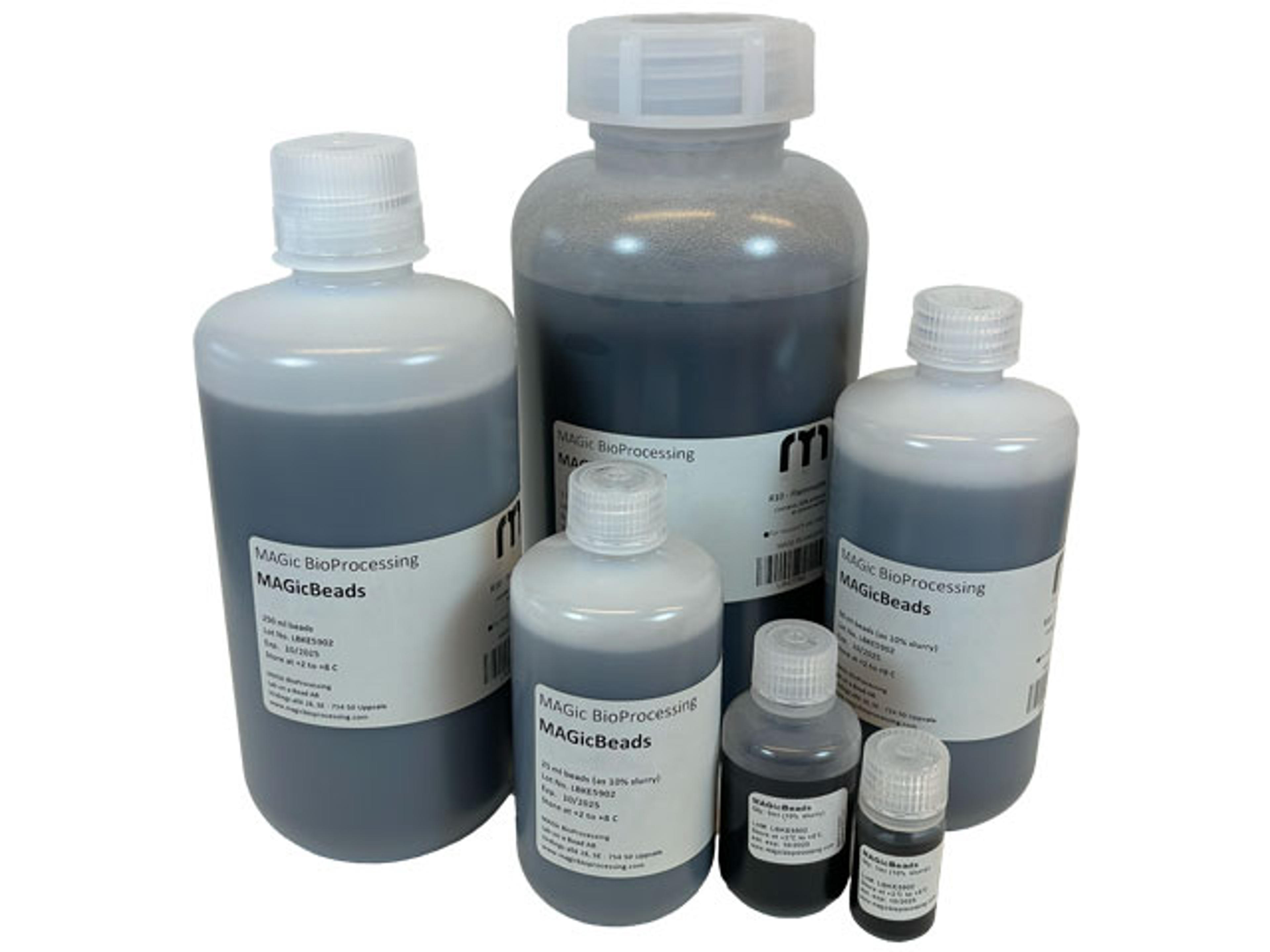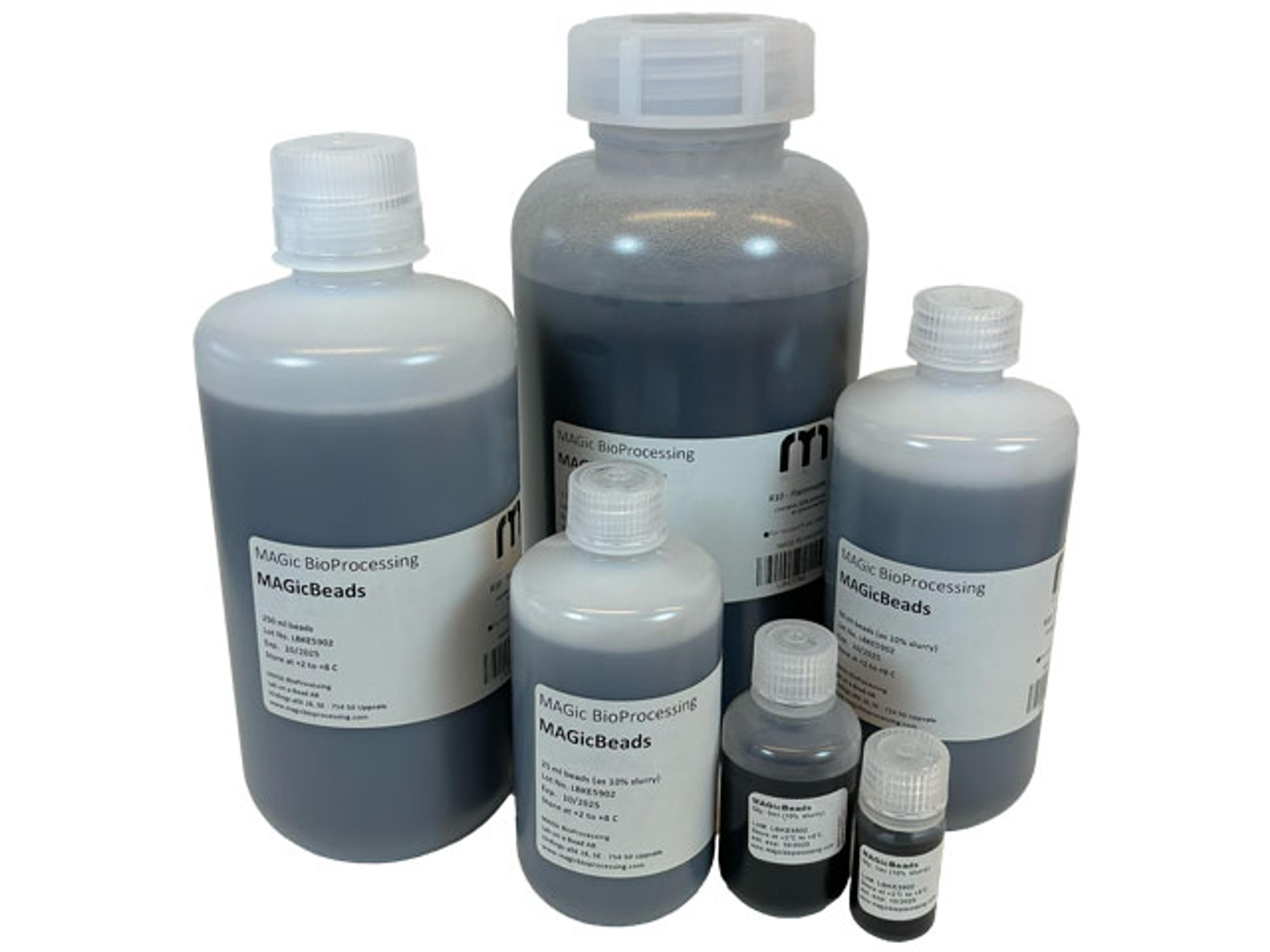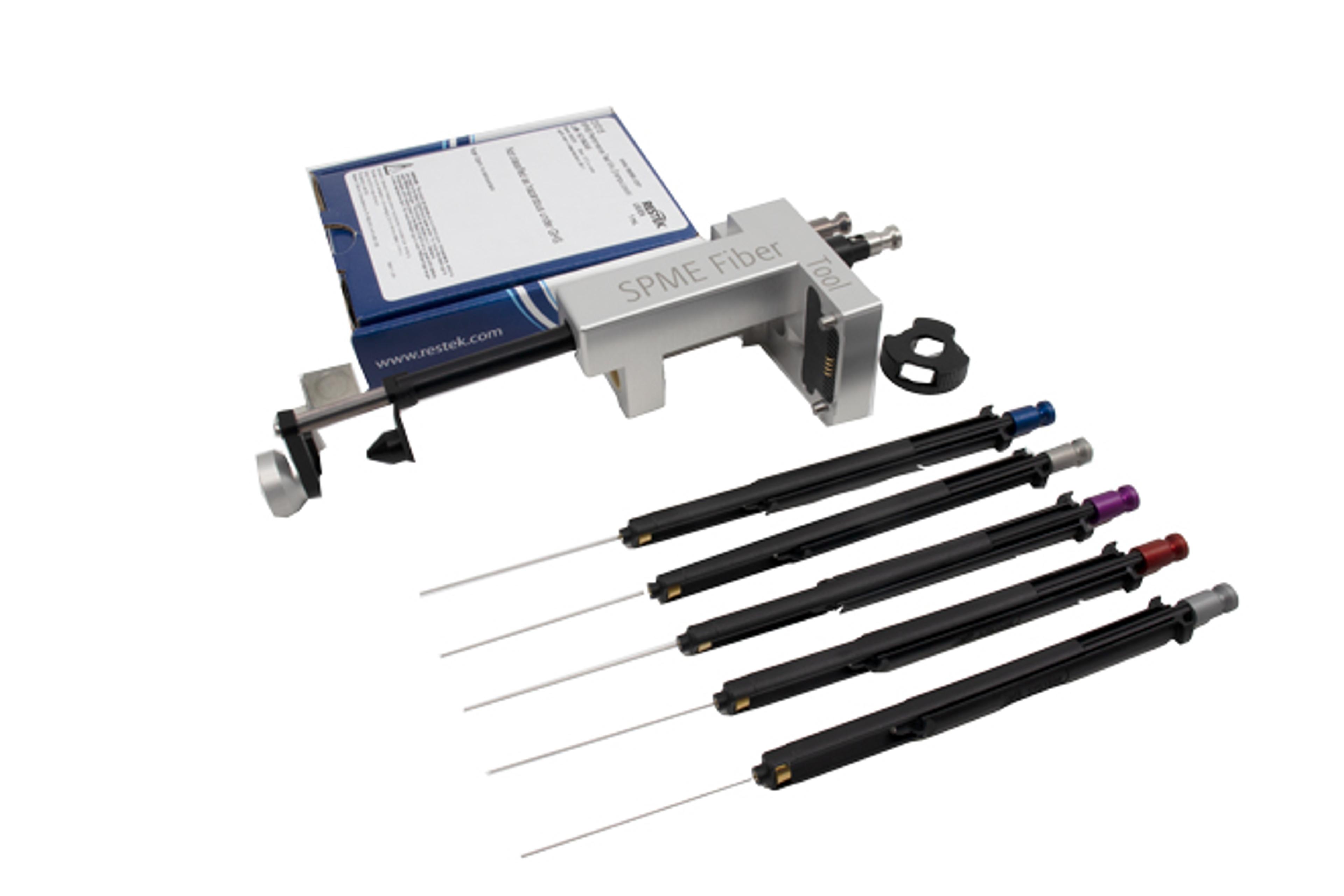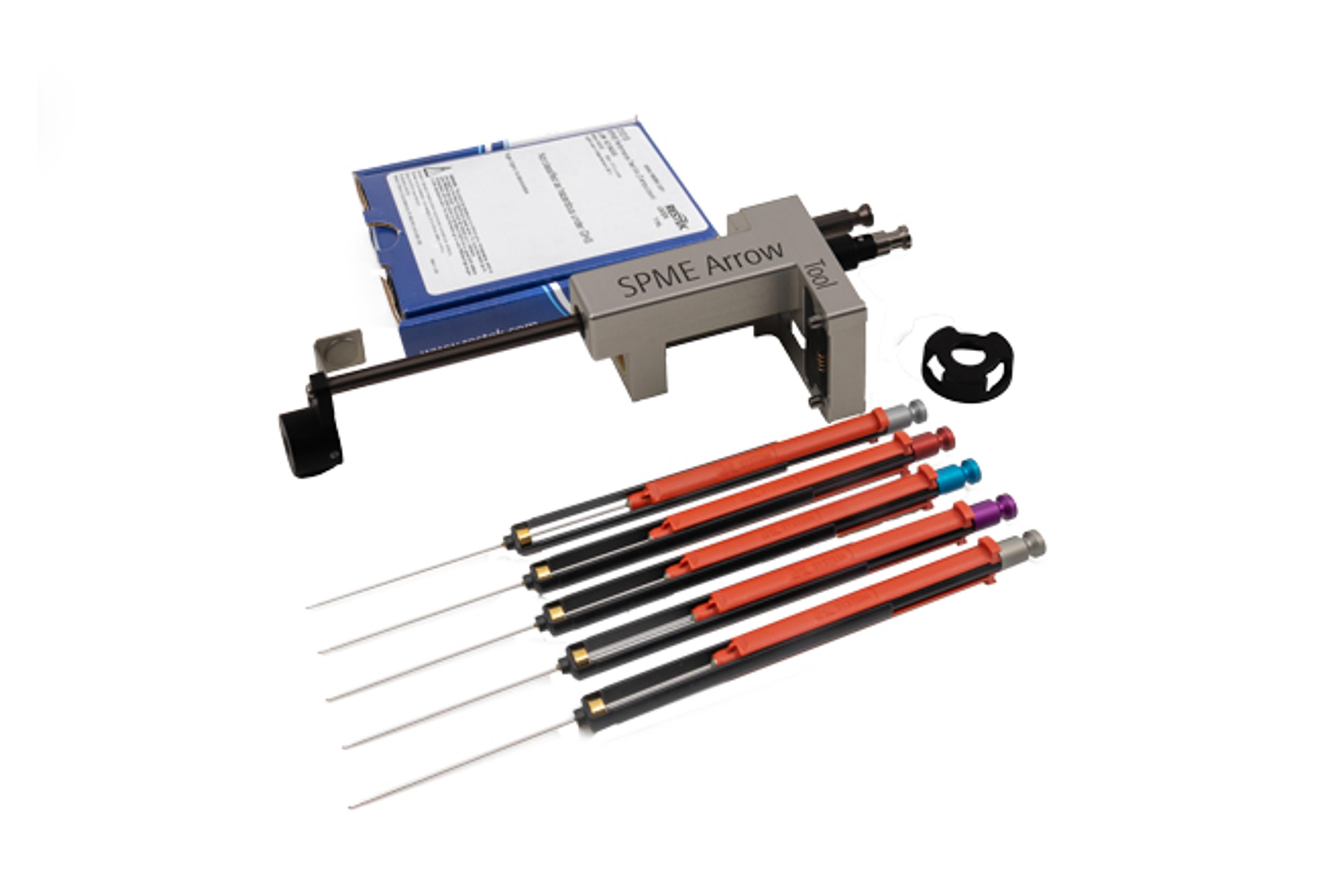Rtx-624 Columns (fused silica)
A low- to midpolarity phase application-specific columns for volatile organic pollutants. Recommended in U.S. EPA methods for volatile organic pollutants. Temperature range: -20 °C to 240 °C. Equivalent to USP G43 phase. The unique polarity of the Rtx-624 column makes it ideal for analyzing volatile organic pollutants. Although the Rtx-502.2 column is recommended in many methods, the Rtx-624 column offers better resolution…

The supplier does not provide quotations for this product through SelectScience. You can search for similar products in our Product Directory.
Better than the competition.
VOC 624/8260 purge and trap GC/MS Analysis
We analyze for 92 VOC 8260/624 analytes. This column has great separation and peak shape. We prefer it over the Agilent DB-624 column. Makes reviewing data a breeze.
Review Date: 27 Sept 2021 | Restek Corp.
Recommended for residual solvent analysis.
Residual Solvent Analysis
Excellent efficiency and separation, very good signal:noise ratio for USP Residual Solvents.
Review Date: 25 Jul 2018 | Restek Corp.
A low- to midpolarity phase application-specific columns for volatile organic pollutants. Recommended in U.S. EPA methods for volatile organic pollutants. Temperature range: -20 °C to 240 °C. Equivalent to USP G43 phase.
The unique polarity of the Rtx-624 column makes it ideal for analyzing volatile organic pollutants. Although the Rtx-502.2 column is recommended in many methods, the Rtx-624 column offers better resolution of early eluting compounds. The Rtx-624 phase produces greater than 90% resolution of the first six gases in EPA Methods 8260 and 524.2. This stationary phase is especially well-suited for EPA Method 524.2 since it resolves 2-nitropropane from 1,1-dichloropropanone, which share quantification ion m/z 43 and must be separated chromatographically.

